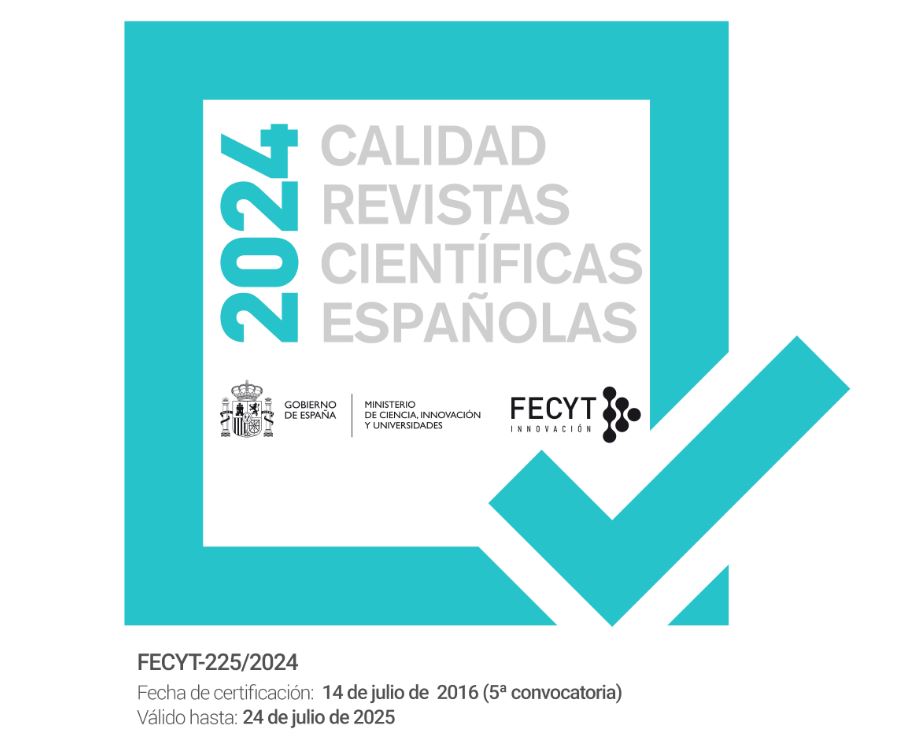Barroco español y misoginia: la imagen de María Magdalena en los Desengaños amorosos de María de Zayas
DOI :
https://doi.org/10.30827/arenal.v18i2.1433Mots-clés :
María de Zayas y Sotomayor, Desengaños amorosos, Misoginia, María Magdalena, Ékfrasis, Arte barroco, Literatura barroca, BarrocoRésumé
Este artículo propone una lectura de los Desengaños amorosos (1647) de la escritora María de Zayas y Sotomayor a partir de su uso de diversas estrategias textuales, sobre todo de alusiones explícitas a la iconografía devocional de Santa María Magdalena. Zayas critica el tejido cultural posterior al Concilio de Trento (1545-1563), cuando se produjeron cambios en los usos de la iconografía devocional. Proponemos pensar la figura de Zayas como parte de una genealogía de mujeres escritoras, con una mirada femenina y crítica de la cultura articulada a través del despliegue de estrategias discursivas que subvierten, cuestionan, y desengañan el discurso oficial de la cultura patriarcal.
Téléchargements
Téléchargements
Publié-e
Comment citer
Numéro
Rubrique
Licence
Los/as autores/as que publican en esta revista están de acuerdo con los siguientes términos:
Los autores/as conservarán sus derechos de autor y garantizarán a la revista el derecho de primera publicación de su obra, el cuál estará simultáneamente sujeto a la Licencia de reconocimiento de Creative Commons 4.0 BY-NC-ND que permite a terceros compartir la obra siempre que se indique su autor y su primera publicación esta revista.
Los autores/as podrán adoptar otros acuerdos de licencia no exclusiva de distribución de la versión de la obra publicada (p. ej.: depositarla en un archivo telemático institucional o publicarla en un volumen monográfico) siempre que se indique la publicación inicial en esta revista.
Se permite y recomienda a los autores/as difundir su obra a través de Internet (p. ej.: en archivos telemáticos institucionales o en su página web) antes y durante el proceso de envío, lo cual puede producir intercambios interesantes y aumentar las citas de la obra publicada. (Véase El efecto del acceso abierto).














